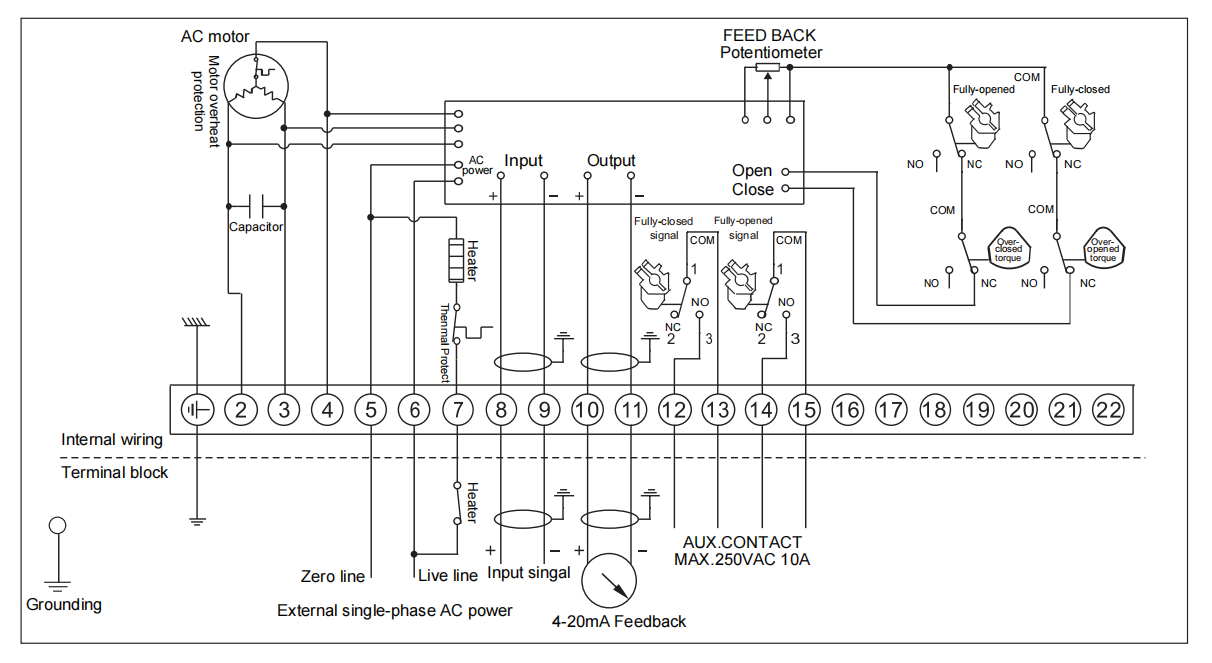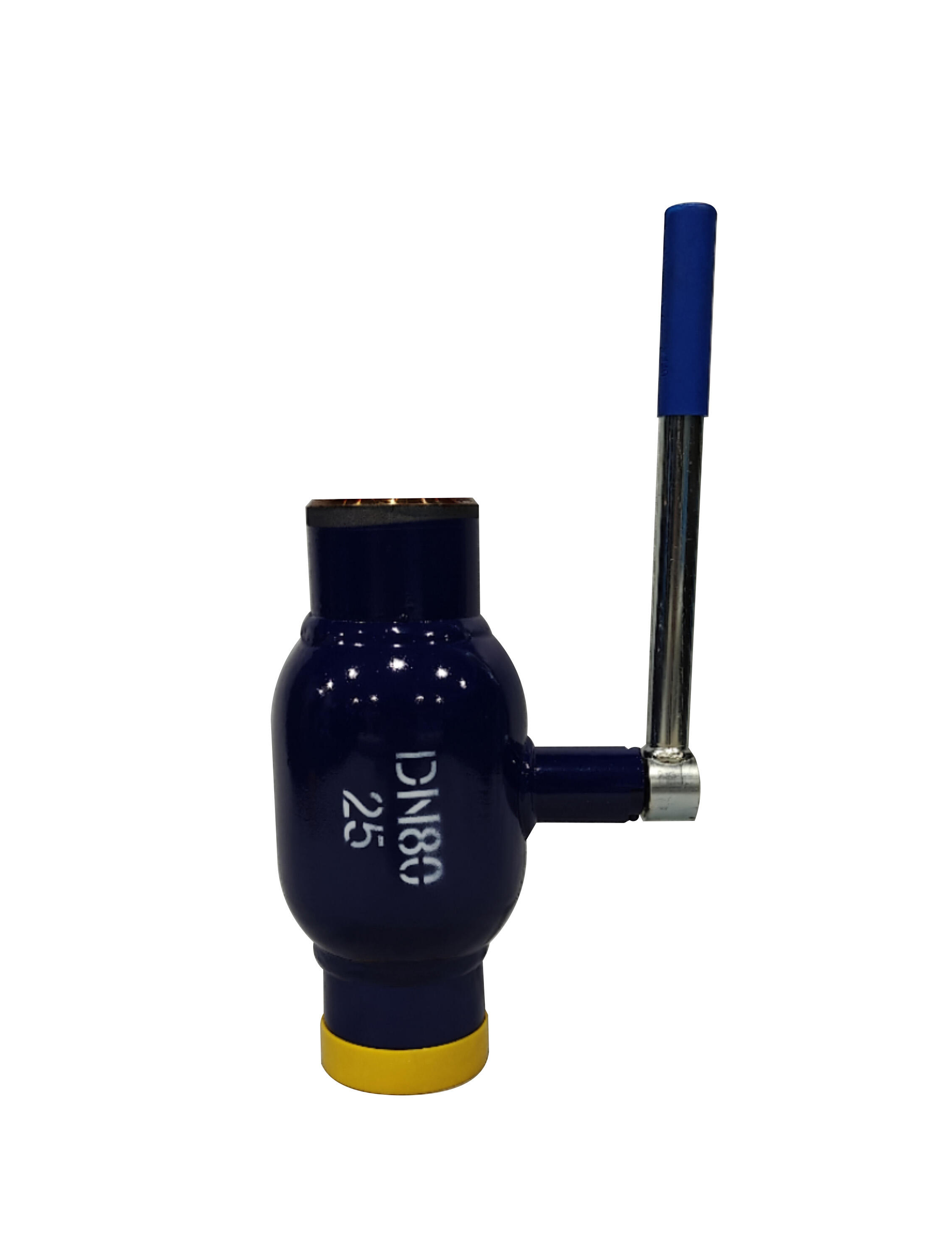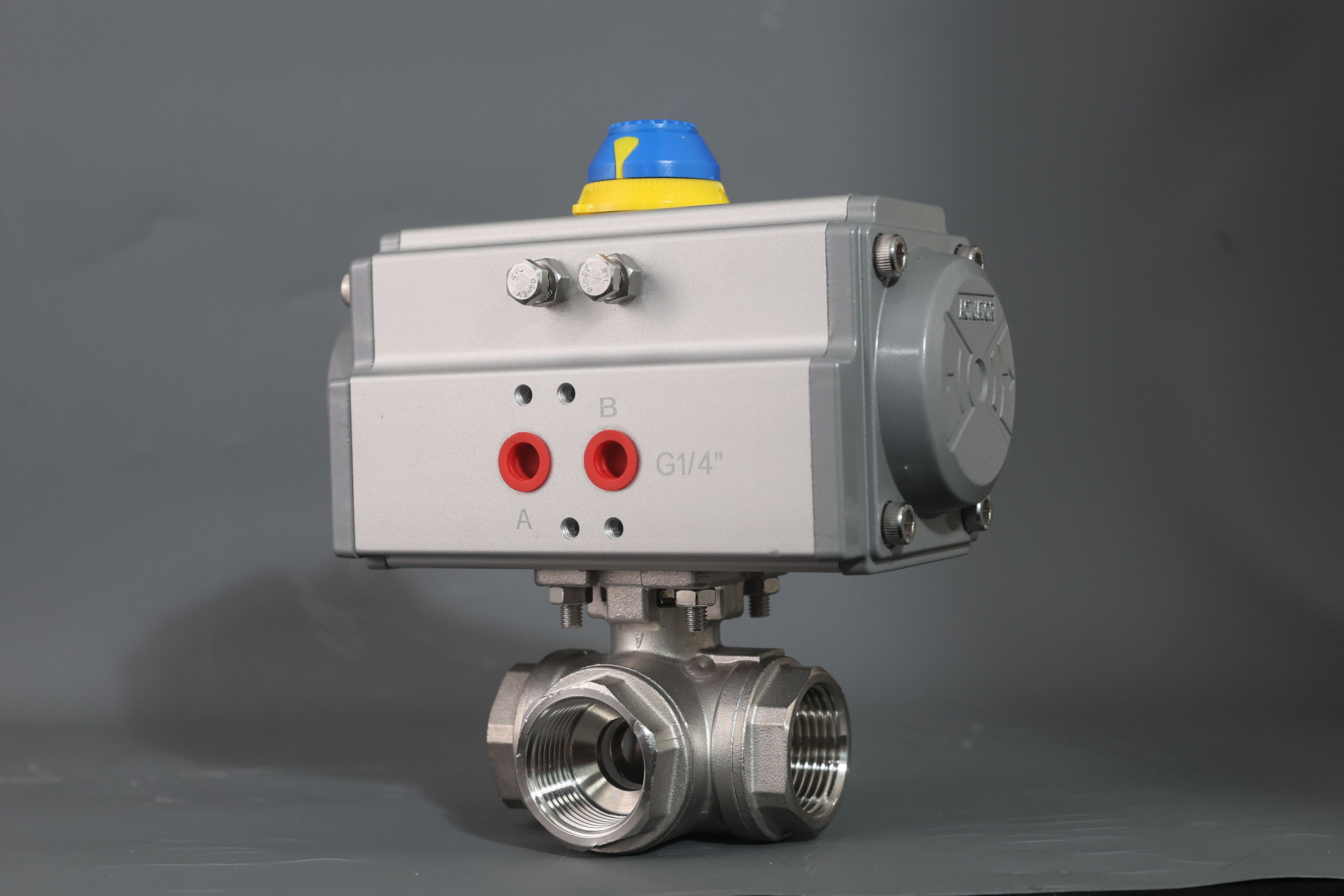διαστασιολόγηση βαλβίδας ασφαλείας αποπίεσης
Η διαστασιολόγηση βαλβίδων ασφαλείας υπό πίεση είναι ένας κρίσιμος μηχανολογικός χειρισμός που εξασφαλίζει την κατάλληλη επιλογή και διαστασιολόγηση των διατάξεων αποπίεσης για την προστασία εξοπλισμού και συστημάτων από καταστάσεις υπερπίεσης. Αυτή η σημαντική διαδικασία περιλαμβάνει τον υπολογισμό της απαιτούμενης χωρητικότητας ροής, τον προσδιορισμό του κατάλληλου μεγέθους οπής και την επιλογή των βέλτιστων προδιαγραφών της βαλβίδας, με βάση συγκεκριμένες συνθήκες λειτουργίας. Η μεθοδολογία διαστασιολόγησης λαμβάνει υπόψη διάφορους παράγοντες, όπως τη μέγιστη επιτρεπόμενη πίεση λειτουργίας, τη ρυθμισμένη πίεση, την επιτρεπόμενη υπερπίεση, την πίεση επιστροφής και τις φυσικές ιδιότητες του επεξεργαζόμενου ρευστού. Οι μηχανικοί πρέπει να λαμβάνουν υπόψη τόσο τις κανονικές συνθήκες λειτουργίας, όσο και πιθανά εκτάκτως αναγκαίες καταστάσεις, καθορίζοντας το κατάλληλο μέγεθος της βαλβίδας. Η διαδικασία περιλαμβάνει λεπτομερείς μαθηματικούς υπολογισμούς, όπως συντελεστές ροής, παράγοντες διόρθωσης πίεσης και παραμέτρους κρίσιμης ροής. Οι σύγχρονες τεχνικές διαστασιολόγησης χρησιμοποιούν συχνά εξειδικευμένα εργαλεία λογισμικού που ενσωματώνουν βιομηχανικά πρότυπα, όπως τα API 520 και 521, εξασφαλίζοντας τη συμμόρφωση με τις προδιαγραφές ασφάλειας και τη βέλτιστη απόδοση της βαλβίδας. Η εφαρμογή της σωστής διαστασιολόγησης επεκτείνεται σε πολλούς τομείς, όπως η χημική βιομηχανία, η πετρελαϊκή και αεριογενής βιομηχανία, η παραγωγή ενέργειας και η φαρμακευτική βιομηχανία, όπου τα συστήματα αποπίεσης διαδραματίζουν σημαντικό ρόλο στη διατήρηση ασφαλών εργασιών.


